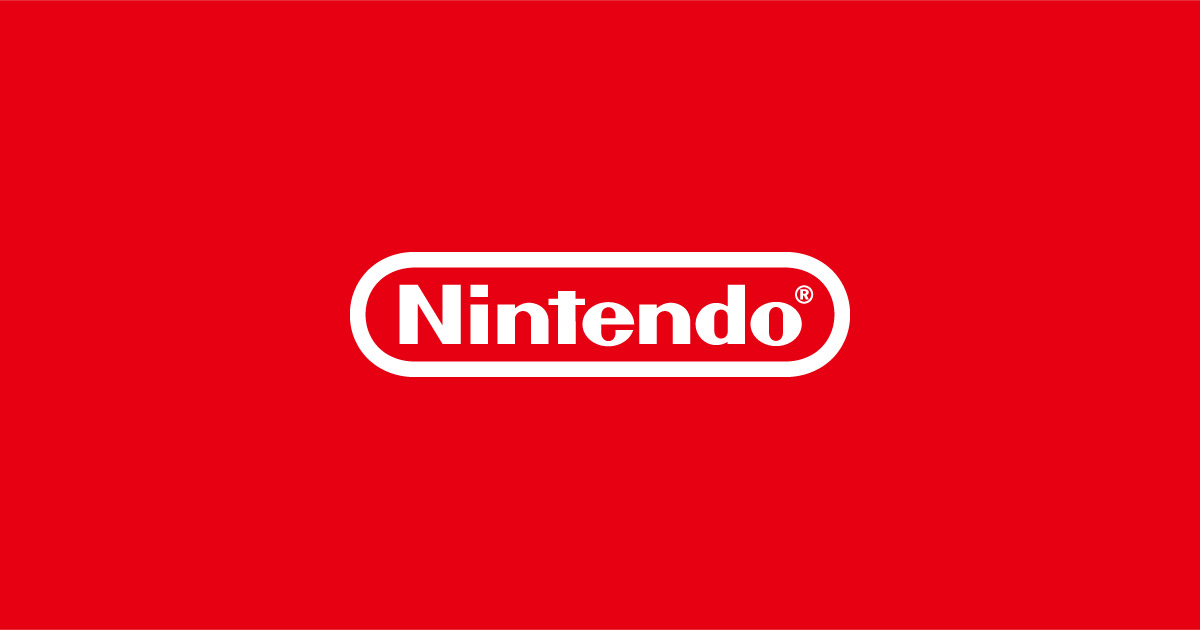Mega Man Legends: Keiji Inafune Reflects on Missteps and Lessons Learned in Capcom’s 2011 Retrospective
When Mega Man Legends first launched in 1997 for the Sony PlayStation, Capcom’s foray into a 3D, sandbox-inspired reimagining of its iconic Mega Man franchise marked a radical departure from the classic formula.
Despite positive reviews and an innovative approach to gameplay and storytelling, Mega Man Legends was unable to achieve commercial success on the scale of its predecessors.
Now, more than a decade since its release, fresh insights into the game's development have surfaced via a newly translated excerpt from producer Keiji Inafune’s 2011 memoir, 'What Kind of Decision is That!,' brought to light by Rockman Corner. As the longtime producer and creative force behind the Mega Man series, Keiji Inafune has often spoken candidly about his experiences at Capcom.
Reflecting on Mega Man Legends’ turbulent reception, Inafune has referred to the title in prior interviews—including a 2007 Gamespot conversation at Tokyo Game Show—as a “clumsy son,” admitting both pride and regret over the outcome.
In those earlier remarks, he attributed the commercial disappointment in part to the title’s early embrace of sandbox gameplay, long before it became an industry standard. The new translation adds a fresh layer to the story, revealing how Inafune’s overconfidence in the Mega Man brand—and a disconnect with its core audience—contributed to the game’s struggles.
Paraphrasing his comments from the book, Inafune writes that at the time, Mega Man's popularity with elementary school children led the development team to feel assured that fans would follow any direction the franchise took.
The result was a dramatic shift to 3D graphics and RPG elements, with an intent to attract older and lapsed gamers, as well as self-proclaimed "otaku." “We thought we could capture a broader audience and the kids would follow,” Inafune reflected.
“But they didn’t.
The issue wasn't the quality of the game or its reviews, but our misunderstanding of who our audience truly was.
We believed we could leap ahead, evolve past them, and they would still join us—yet we underestimated their loyalty and their expectations.
Ultimately, that mistake cost us.” Following Mega Man Legends’ lackluster sales, Inafune recalls a pivotal conversation with his superior: "You can’t change the past.
The only way forward is through the future." Taking this advice to heart, Inafune chose to return to the series’ roots—rekindling the gameplay foundations and audience focus that defined Mega Man’s earlier success.
This introspective approach directly informed the creation of the Mega Man Battle Network series, which launched on GBA in 2001 to both critical acclaim and commercial triumph. Inafune concluded, “We stopped trying to impress everyone and remembered the joy of making something for someone.
In doing so, we earned back our audience’s trust, their love, and yes, the revenue.” Readers can find the full translated excerpt from Inafune’s 2011 book on Rockman Corner.
Mega Man Legends remains a cult classic, cherished for its ambition and willingness to take creative risks—an essential chapter in the ongoing legacy of Capcom and the Mega Man series, available today on various platforms including digital storefronts like the Nintendo eShop and PlayStation Store.
Despite positive reviews and an innovative approach to gameplay and storytelling, Mega Man Legends was unable to achieve commercial success on the scale of its predecessors.
Now, more than a decade since its release, fresh insights into the game's development have surfaced via a newly translated excerpt from producer Keiji Inafune’s 2011 memoir, 'What Kind of Decision is That!,' brought to light by Rockman Corner. As the longtime producer and creative force behind the Mega Man series, Keiji Inafune has often spoken candidly about his experiences at Capcom.
Reflecting on Mega Man Legends’ turbulent reception, Inafune has referred to the title in prior interviews—including a 2007 Gamespot conversation at Tokyo Game Show—as a “clumsy son,” admitting both pride and regret over the outcome.
In those earlier remarks, he attributed the commercial disappointment in part to the title’s early embrace of sandbox gameplay, long before it became an industry standard. The new translation adds a fresh layer to the story, revealing how Inafune’s overconfidence in the Mega Man brand—and a disconnect with its core audience—contributed to the game’s struggles.
Paraphrasing his comments from the book, Inafune writes that at the time, Mega Man's popularity with elementary school children led the development team to feel assured that fans would follow any direction the franchise took.
The result was a dramatic shift to 3D graphics and RPG elements, with an intent to attract older and lapsed gamers, as well as self-proclaimed "otaku." “We thought we could capture a broader audience and the kids would follow,” Inafune reflected.
“But they didn’t.
The issue wasn't the quality of the game or its reviews, but our misunderstanding of who our audience truly was.
We believed we could leap ahead, evolve past them, and they would still join us—yet we underestimated their loyalty and their expectations.
Ultimately, that mistake cost us.” Following Mega Man Legends’ lackluster sales, Inafune recalls a pivotal conversation with his superior: "You can’t change the past.
The only way forward is through the future." Taking this advice to heart, Inafune chose to return to the series’ roots—rekindling the gameplay foundations and audience focus that defined Mega Man’s earlier success.
This introspective approach directly informed the creation of the Mega Man Battle Network series, which launched on GBA in 2001 to both critical acclaim and commercial triumph. Inafune concluded, “We stopped trying to impress everyone and remembered the joy of making something for someone.
In doing so, we earned back our audience’s trust, their love, and yes, the revenue.” Readers can find the full translated excerpt from Inafune’s 2011 book on Rockman Corner.
Mega Man Legends remains a cult classic, cherished for its ambition and willingness to take creative risks—an essential chapter in the ongoing legacy of Capcom and the Mega Man series, available today on various platforms including digital storefronts like the Nintendo eShop and PlayStation Store.






